Hey there, fitness warrior! Whether you’re just starting your fitness journey or you’ve been crushing it for years, finding the right exercise routine can feel like searching for the perfect pair of sneakers—everyone’s got their style, and what works for one person might not work for another.
But guess what? That’s totally okay. This guide is here to break down effective exercise routines that match your fitness level, no matter where you are on your journey. Let’s dive in and get you moving towards your goals!
Introduction to Cardiovascular Exercises
Cardio—love it or hate it, you can’t deny its power. From running to cycling to dancing like nobody’s watching, cardio exercises are the superheroes of the fitness world. They torch calories, strengthen your heart, and give you that “I-can-do-anything” energy. But how do you pick the right one?
If you’re new to the cardio scene, start simple. Walking briskly for 20-30 minutes a day is a solid start. It’s low-impact, easy on the joints, and a great way to ease into regular exercise. Plus, it’s a fantastic excuse to explore your neighborhood or catch up on your favorite podcast.

For those with a bit more experience under their belt, jogging, cycling, or swimming could be your go-to. These exercises elevate your heart rate, improve endurance, and help burn off that mid-afternoon snack. Aim for 30-45 minutes, three to four times a week, and watch your stamina soar.
Now, if you’re a seasoned cardio champ, you might be chasing that runner’s high or looking to push your limits. High-Intensity Interval Training (HIIT) could be your next challenge. HIIT mixes short bursts of intense exercise with brief rest periods, making it a killer way to boost metabolism and build endurance. Imagine sprinting for 30 seconds, resting for 15, and repeating that cycle for 20 minutes. It’s intense, but your body—and your fitness level—will thank you.
Strength Training Basics
Ready to get strong? Whether you’re aiming for sculpted muscles or just looking to carry your groceries without breaking a sweat, strength training is where it’s at. It’s not just about lifting heavy; it’s about building a strong, functional body that supports you in everything you do.
If you’re a beginner, start with bodyweight exercises like squats, lunges, push-ups, and planks. These moves might seem simple, but they’re the building blocks of strength. The best part? You don’t need any fancy equipment. Just your body, some floor space, and the will to get stronger.
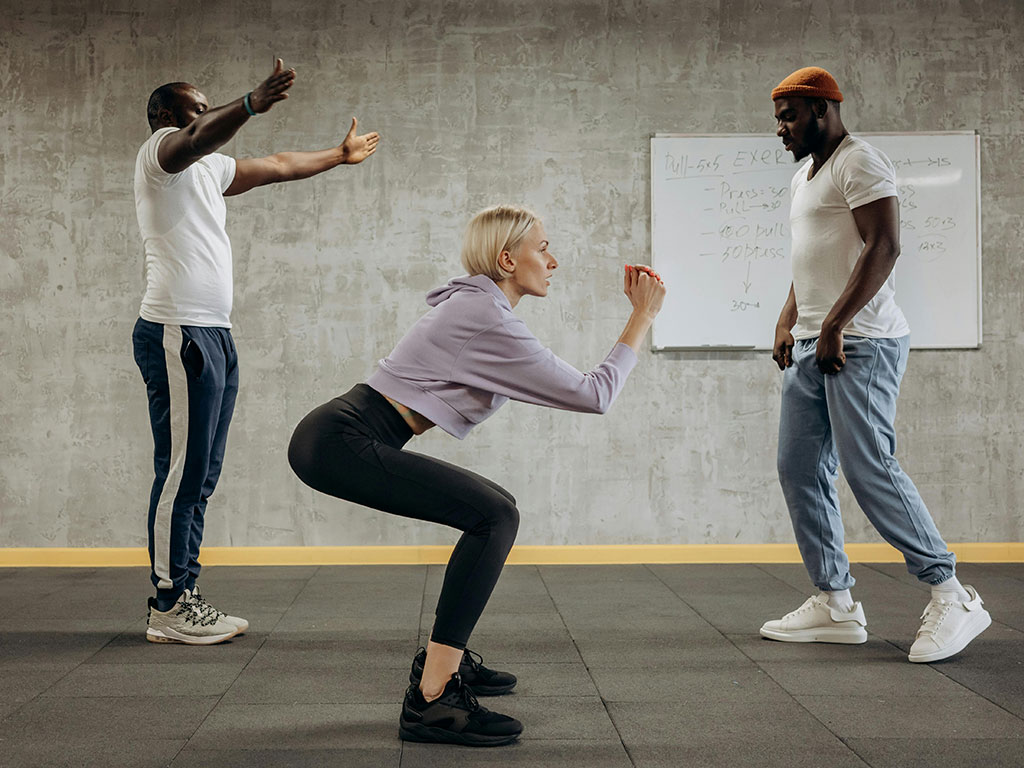
For those who’ve been hitting the weights for a while, it’s time to up the ante. Incorporate free weights like dumbbells and kettlebells into your routine. Focus on compound exercises like deadlifts, bench presses, and rows, which work for multiple muscle groups at once. This not only makes your workout more efficient but also mimics real-life movements, making you stronger in your daily activities.
If you’re advanced and have been lifting for years, challenge yourself with heavier weights, more complex movements, and advanced training techniques like supersets, drop sets, or pyramid sets. Remember, the key to progress is consistency and gradually increasing the load. Don’t be afraid to push your limits—just make sure you’re doing it safely.
Flexibility and Mobility Workouts
Strength and cardio might be the stars of the show, but flexibility and mobility are the unsung heroes that keep your body performing at its best. They’re the secret sauce to staying injury-free and ensuring your muscles work like a well-oiled machine.
New to stretching? Start with static stretches after your workouts. Hold each stretch for 15-30 seconds, focusing on major muscle groups like your hamstrings, quads, and shoulders. It’s a simple way to improve your range of motion and prevent muscle tightness.
For those who’ve got a bit more experience, dynamic stretching is where it’s at. Incorporate movements like leg swings, arm circles, and torso twists into your warm-up routine. These exercises prepare your muscles and joints for more intense activity, reducing the risk of injury and improving performance.
Seasoned athletes, it’s time to step up your flexibility game with mobility exercises. Foam rolling, yoga, and functional movement drills should become staples in your routine. These not only improve flexibility but also enhance your body’s ability to move efficiently, reducing strain on your joints and muscles. Think of it as giving your body the tune-up it needs to perform at its peak.
Importance of Rest and Recovery
Let’s get real—rest and recovery are just as important as the workouts themselves. Your body needs time to repair, rebuild, and come back stronger. Without proper recovery, you’re setting yourself up for burnout, injury, and hitting that dreaded plateau.
For beginners, this might mean taking a full day off between workouts or incorporating light activities like walking or stretching on rest days. Remember, your muscles need time to recover, especially if you’re new to working out.
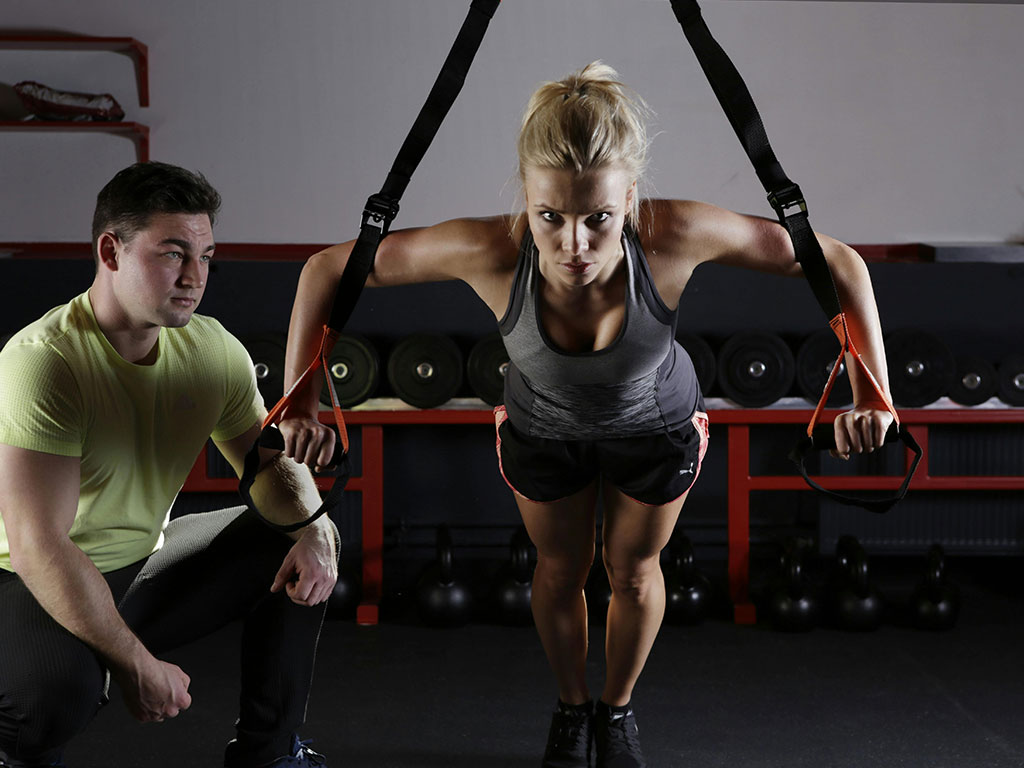
Intermediate exercisers, you might be tempted to push through soreness but listen to your body. Active recovery, like a gentle yoga session or a slow bike ride, can keep you moving without stressing your muscles too much. And don’t underestimate the power of a good night’s sleep—aim for 7-9 hours to let your body do its magic.
For advanced athletes, recovery becomes a science. You’ve been pushing hard, and now your body needs the tools to bounce back. This could mean incorporating regular massages, ice baths, or even targeted recovery workouts into your routine. Supplementing with the right nutrients and staying hydrated are also key components of recovery. And don’t forget—sometimes the best recovery is just a day of doing absolutely nothing.
And hey, don’t forget to celebrate your progress, no matter how small it may seem. Whether it’s lifting a heavier weight, running a little faster, or simply feeling more energized throughout the day, every step forward is a win. Keep setting new goals, stay consistent, and most importantly, have fun with it. After all, fitness is not just about reaching a destination—it’s about enjoying the ride.

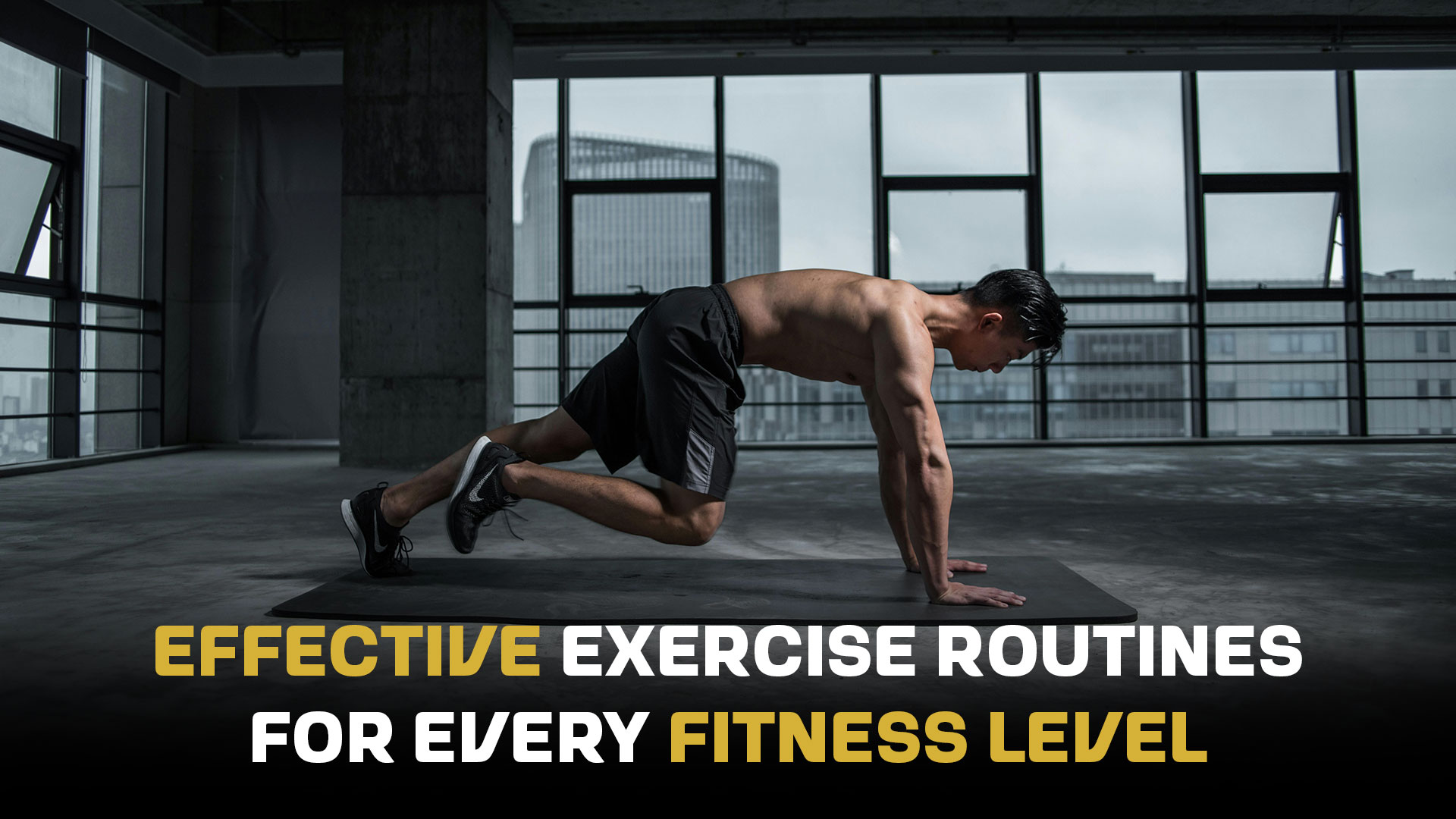
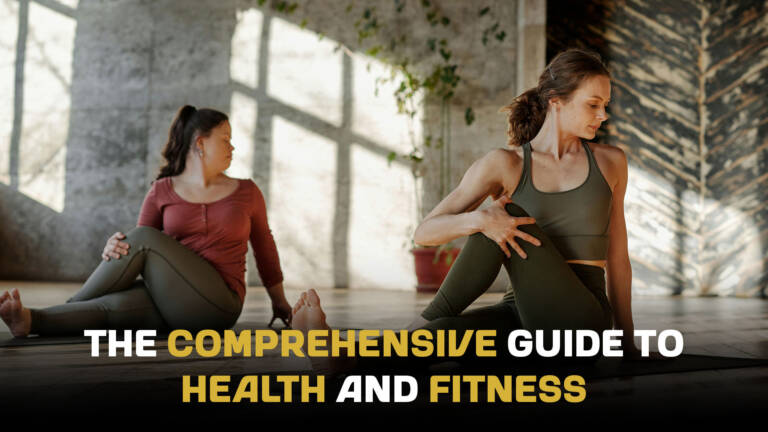
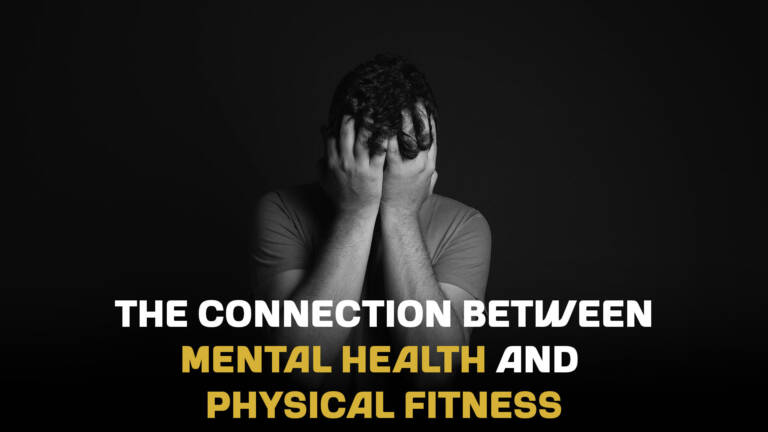
1 Comment